World aid project: Bulgaria - Wildlife Rehabilitation and Breeding Center
- XPLORid

- May 8, 2021
- 2 min read
In March we visited the Wildlife Rehabilitation and Breeding Center (WRBC) Green Balkans . Since 1992 they are working really hard to stabilize and improve the population of birds of prey. They rehabilitate and breed them to be released in nature.
Greatest threats
The WRBC fights the causes these birds are threatened by extinction. Many birds of prey got extinct in Bulgaria. The main cause is the use of poisoned baits. Farmers use these baits to kill bears and wolves. Due to this the population of birds of prey decreased drastically since 1970.
Not enough food in the wild
Bulgaria has 5 feeding stations to prevent birds of prey getting starved to death. There is not enough food in the wild. A new law requires shepherds to dispose dead cattle. In the past, the carcasses remained in the mountains as food for the birds of prey. WRBC has local agreements with shepherds who hand over their carcasses to them. In addition, dead rats are given to the birds of prey. Rats contain a lot of vitamin E, which is especially good food for breeding.
Awareness
To raise awareness to protect the birds of prey, WRBC is visited by more than 3,000 children each year. What is learned in the cradle is carried to the tomb.
Results of a hard working team
WRBC saved the saker falcon and bearded vulture from extinction. The team consists of 16 employees who give their utmost each day for this cause. In addition, there are several biologists and ecologists in training. Each summer 20 volunteers give a helping hand.
We meet the Operations Manager Rusko. The ecologist Andreana helps to translate. The video of this interview is on our Youtube-channel.
The way we helped WRBC
We spent a day with the team who is going to put a hack 10 meter high in a tree. Hacks are the best way to release saker falcons in nature. The falcon is locked in the hack for 10 days. It is fed by the WRBC. In this way it can get used to its new surroundings. After this period the WRBC opens the hack.
Pulling the hack into the tree is a tough job. 5 men are working the entire day. To make this job a bit easier we bought the WRBC through our foundation a rod saw to cut the branches. They will also use this saw to make artificial nests.
Intensive care unit
We also take a look at the intensive care unit. We meet the head Stefka, her assistant Jeany and assistant in training Denitsa. Each year more than 600 injured birds get medical treatment here. 30-40% of them are successfully releases back into the wild, including species of high conservation status such as eagles, vultures, falcons, herons, pelicans, storks etc. Today the broken wing of a falcon is amputated in the surgery room.
Breeding center
At the breeding center we get to see griffon and bearded vulture babies on camera. Just as in Dadia National Park the black vulture is saved from extinction, the bearded vulture is protected over here. These vultures are eventually released in Austria, Italy and Spain.

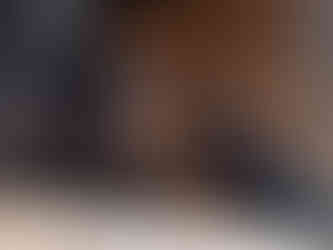








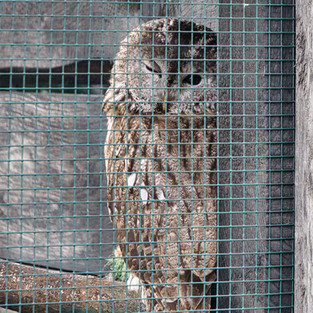

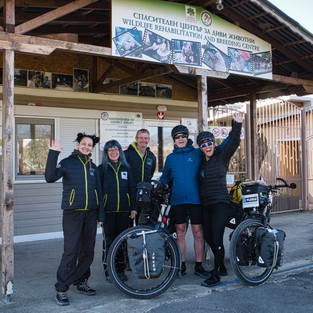






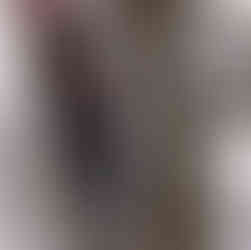










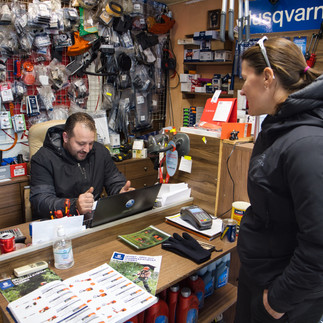





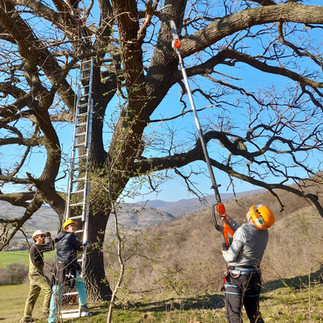
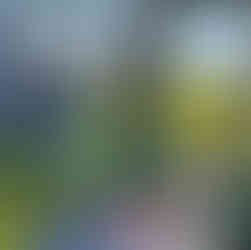


















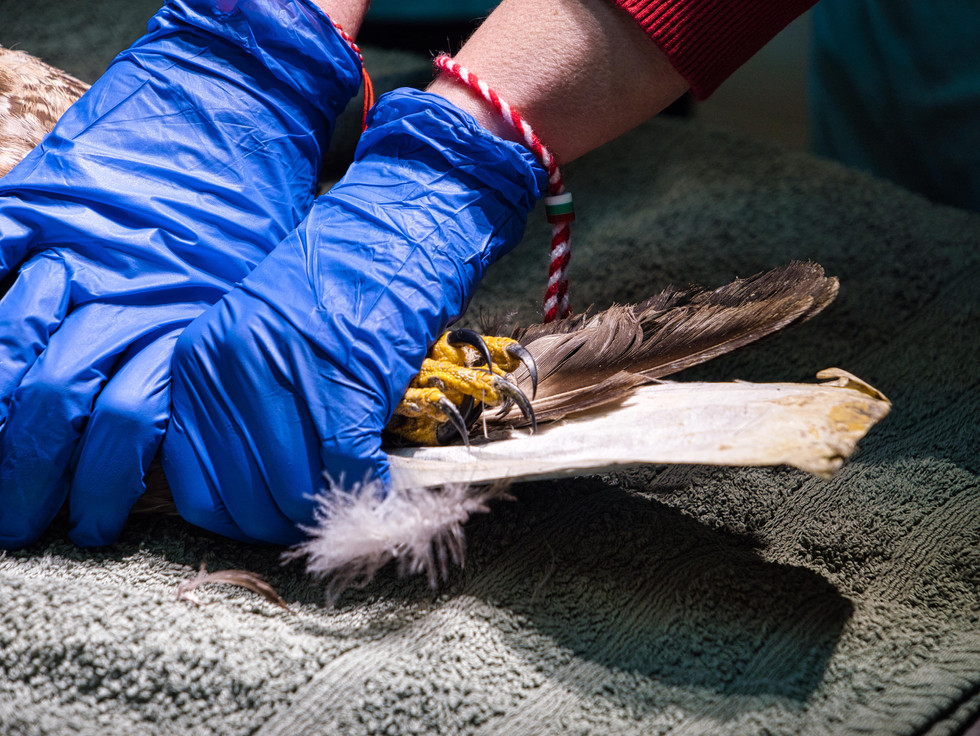



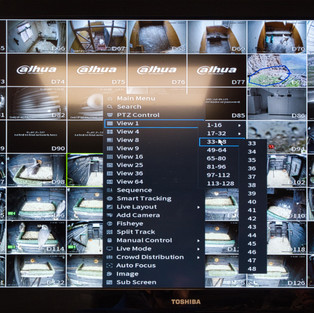





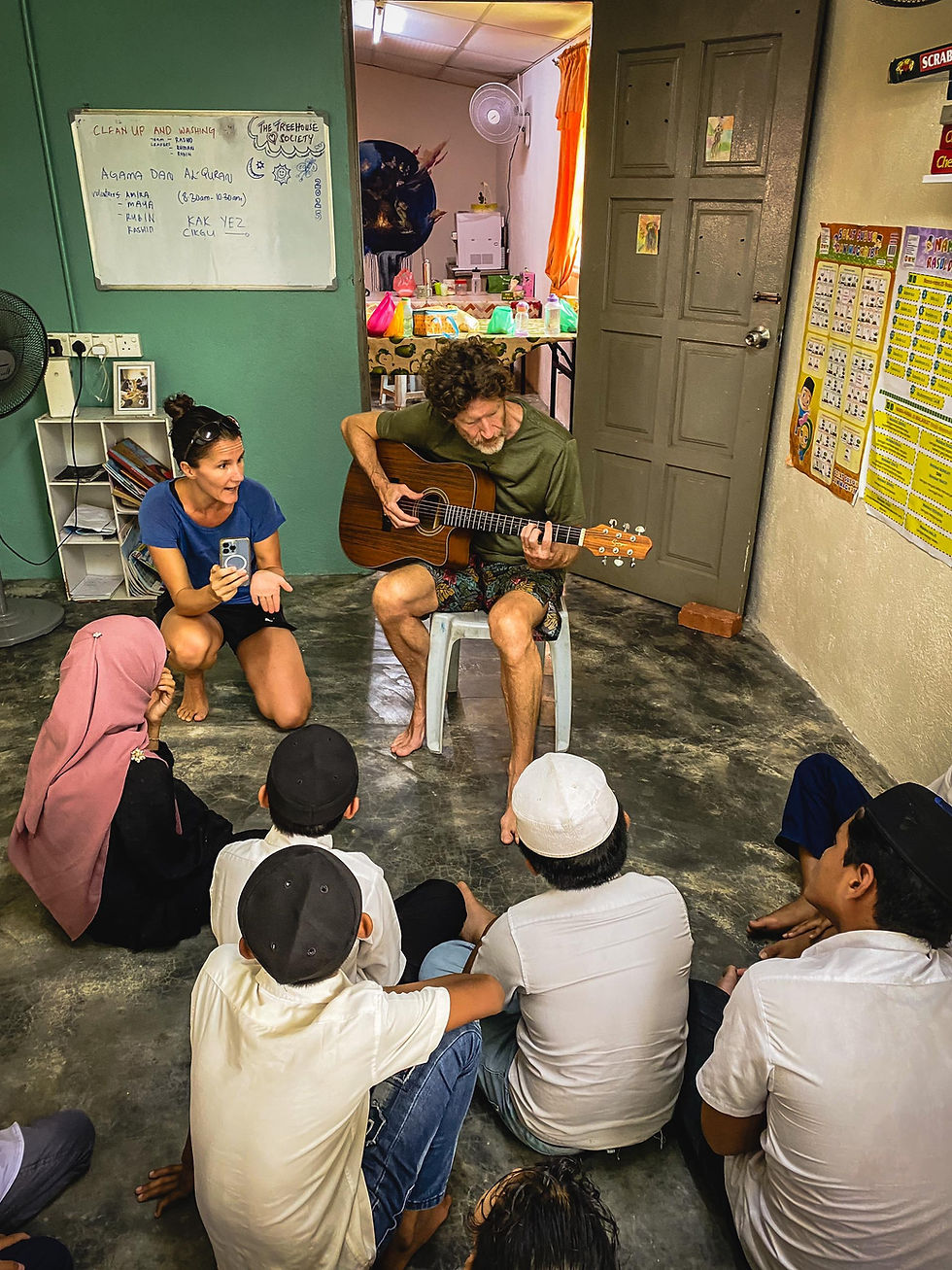

Comments